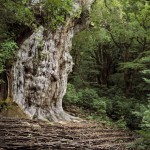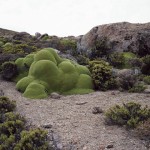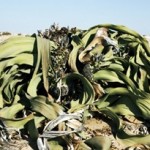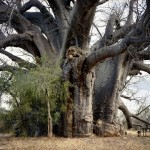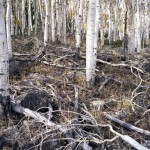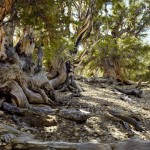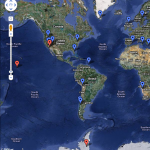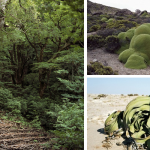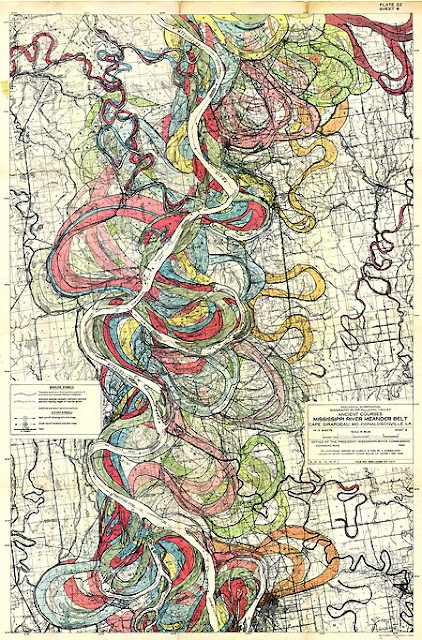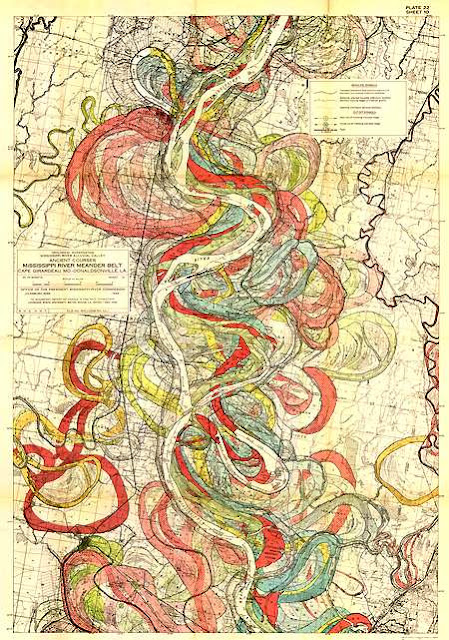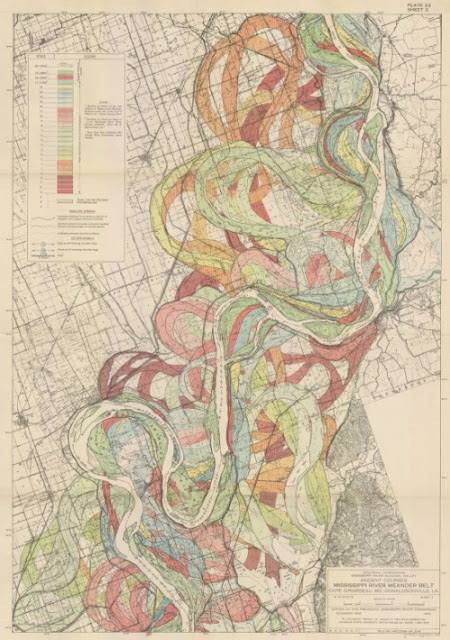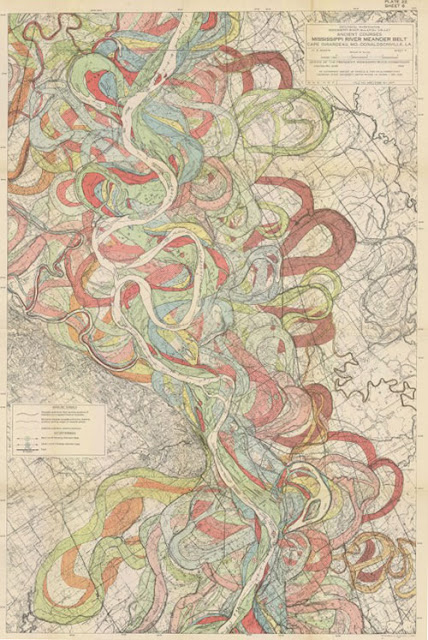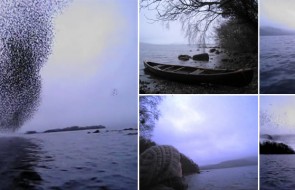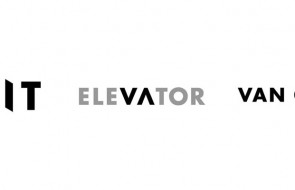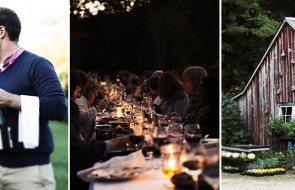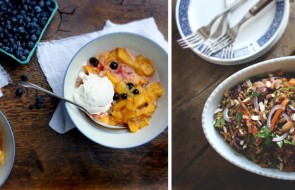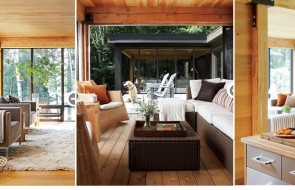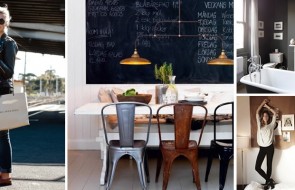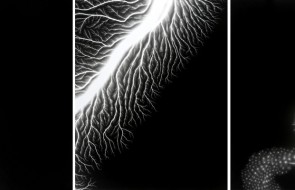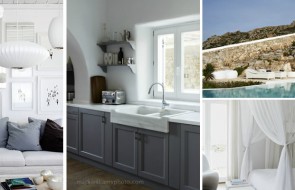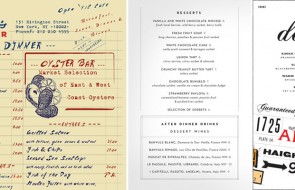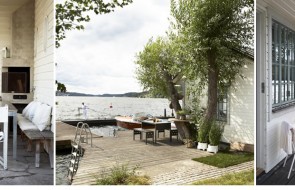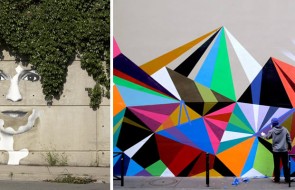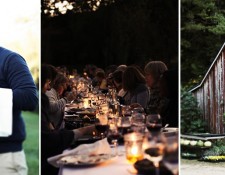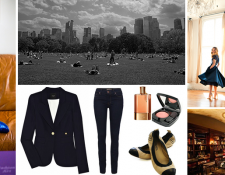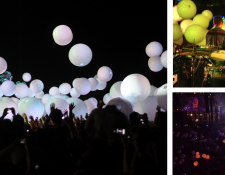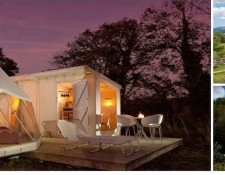Wonderment
The Oldest Living Things in the World
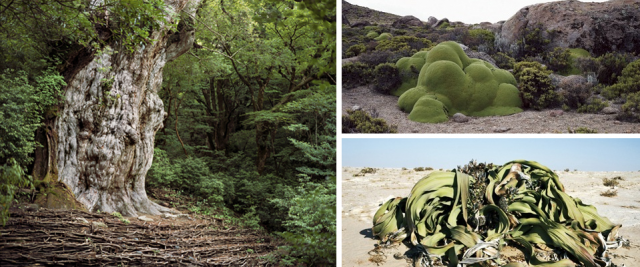
Oh. My. Talk about wonderlust. I love this project. Rachel Sussman created this project, called “The Oldest Living Things in the World,” as a photographer with a fine arts background who wanted to use photographs to expand our minute human experience and understanding of time.
Inspired by an ancient tree in Japan while on a photography trip, she realized that it would be really interesting to try to document the oldest living species, and was amazed to find that no one had ever done a project on this subject in either the arts or the sciences. So, she took it upon herself! The result is this portfolio of literally the oldest living things on the earth– all these old plants that are all at least two THOUSAND years old!
In the gallery above (click thumbnails to enlarge, then click on the right side to go to the next image), the images are as follows:
jomon sugi japanese cedar (2,180 – 7,000 years old, yaku shima, japan); la llareta (up to 3,000 years old, atacama desert, chile); welwitschia mirabilis (2,000 years old; namib naukluft desert, namibia)
2010/08 Rachel Sussman from CreativeMornings on Vimeo.
Wonderment
Les Ailes Pourpres
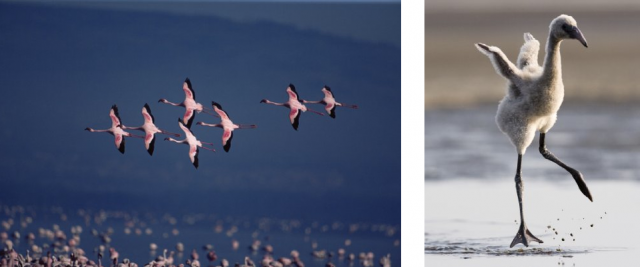
I haven’t seen this film, The Crimson Wing: Mystery of the Flamingos, but I was entranced by this trailer, with its stunning imagery and Coldplay-esque music by The Cinematic Orchestra. Produced by Disney Nature, the documentary was filmed in northern Tanzania in a region never before shown on film.
If you liked Planet Earth or the LIFE series narrated by Oprah, I think you’ll like this. It’s an awe-inspiring reminder of what an amazing creation our planet is.
Music by Cinematic Orchestra
Wonderment
How to See the Secret, Abandoned City Hall Subway Station
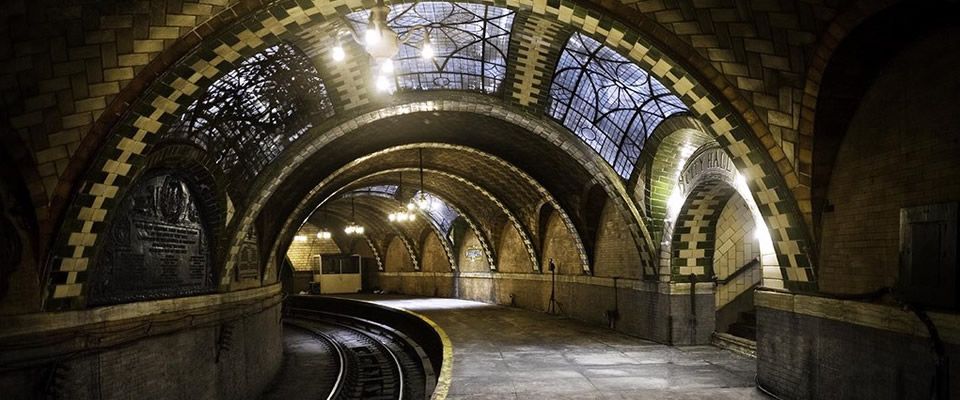
This is soo From The Mixed Up Files of Mrs. Basel E. Frankweiler!
New Yorkers, you know how the 6 train ends at Brooklyn Bridge, and they say “Last stop, Brooklyn Bridge/City Hall”? Well that stop is really only Brooklyn Bridge, and is not the original City Hall stop, and the original City Hall stop is actually this beautiful, magical place you see above, by far the most beautiful New York subway station ever made.
But the City Hall station was closed decades ago, for reasons you can read about here, never to be seen by passengers again…
UNLESS.
If you stay on the 6 train after they say last stop at Brooklyn Bridge (which you ordinarily would never do, because if for some reason you did want to just head right back up town, you would cross the platform to the uptown side), the 6 has to pass through the City Hall station to turn around and head back uptown! So if you just stay on for a few extra minutes, you can see the lost station!
How cool is that??? I feel like a little kid. I’m dying to do it.
Wonderment
I Love Maps >> I’M DYING THIS IS SO AMAZING
Just goes to show, the representation of practical information can be executed in a way that is also aesthetically pleasing.
THE ALLUVIAL VALLEY OF THE LOWER MISSISSIPPI RIVER
Harold Fisk, 1944
via Pixels & Arrows
Wonderment
Henry Philip Dodd’s Grand Tour
While visiting my colleague Jill at her home in Somerset, England, we got to talking about our favorite flea market finds, and she pulled out this old passport she found many years ago. The scans here don’t nearly do it justice, as you don’t get to experience the smell of the cracking old leather case or the onion-skin texture of the fragile old paper, but I still thought it was worth sharing for the musings it sparks.

Physically, I loved it for the handwriting, embossed stamps, and wax seals [!] that came with every point of entry. Official documents used to receive so much more attention to aesthetic detail. Now passports just get some boring, barely legible stamp. Can you imagine getting a calligraphy-like note from an immigration officer in those miserable customs halls in airports now? Hardly. But, nor would women have traveled in sweatpants and Uggs [pet peave] with a rolly bag. People practically deserved a fancy entry on their passport since they were dressed up so nicely to travel, had beautiful luggage in hand, and had arrived on a stylish steamer. No one would dare put a boring stamp on someone’s passport if they’d arrived in such style.
 A Goyard steamer trunk. Now that is traveling in style.
A Goyard steamer trunk. Now that is traveling in style.
Beyond just the aesthetics of it, I got immensely carried away imagining this man using the passport for all the clues I could possibly gather, Sophie Calle-style, and it lead to some sprawling tangents. It’s amazing how much information about the man and his time can be gathered from one object. This gets long, so if you get bored, just skip to the end. The end idea is worth reading.
click the jump for the rest…
1. Basics: The passport belonged to one Reverend Henry Philip Dodd, and it tracks his travels through Europe in 1854. The first page, shown at the top, unfolds out of the passport and is a sort of letter, that I assume was a standard intro on a passport, from the Earl of Clarendon, letting us know he is from Clarendon, near Salisbury in the south of England. It also notes that he is travelling with his wife, but it doesn’t mention her name. Typical. She probably didn’t even get her own passport. She was just an appendage on his. A nameless appendage. Like a pegleg.
2. Given that he was a reverend and also wealthy enough to travel with his wife, I think it is safe to assume firstly, that he had family money, and secondly, that he was a younger son in his family since the oldest son would have taken over the family estate, another son would’ve been directed into a profession, another son into the military, and finally the youngest sons into the clergy.
3. All of the stops are consecutive – it is one long journey and he doesn’t seem to reenter England between stops, but rather just hops from one destination to the next. One thing, among many, that is so neat about this old passport, is that it notes every city he goes to, not just countries, making the details of his journey much easier to imagine. I would suppose that this was because he was travelling by ship and train, and these defined ports of entry allowed easier tracking of travellers than is possible now with all of our possible modes of transportation.
All of that to say, he was most likely on a “Grand Gour” – the old tradition of upper class Brits, and later Americans, to tour Europe after graduating from university, “In search of,” as the NYT notes, “art, culture, and the roots of Western civilization. With nearly unlimited funds, aristocratic connections and months or years to roam, they commissioned paintings, perfected their language skills and mingled with the upper crust of the Continent.”
I’ve always been fascinated by the idea of the Grand Tour, and I found it interesting that the wikipedia entry notes that the “Grand Tour had more than superficial cultural importance; as [historian] E.P. Thompson stated, ‘ruling-class control in the 18th century was located primarily in a cultural hegemony, and only secondarily in an expression of economic or physical power.’” In the same way that today the upper-class maintains power through the cyclical principle of “it’s not what you know, it’s who you know,” during the era of the Grand Tour, the gentry maintained a their “ruling-class control” through cultural power partially acquired through the education provided by such travel.

4. From Google, I learned that our Reverend Dodd published a book! The Epigrammists. Essentially, it is a collection of epigrams from throughout history. So Dodd was poetry lover!
His introduction on epigrams is very well written:

We translated a lot of epigrams in a Latin literature class in high school, and I found one of my favorites included in his Latin chapter – “A Well-Spent Life” by Martial.
r=”0″ id=”BLOGGER_PHOTO_ID_5394462789091911362″ src=”http://4.bp.blogspot.com/_pJoIk7pwFMM/Stz7U1ni5sI/AAAAAAAAAow/MGCnpg5Y0HE/s400/A+well+spent+life.png” style=”cursor: pointer; display: block; height: 283px; margin: 0px auto 10px; text-align: center; width: 400px;” />
The more I learned about Dodd, the more interested I became. From the page of the passport below, we learn that he stopped in Chiavenna, on the border of Italy and Switzerland.
So I looked up Chiavenna. Don’t you want to go there? Which brings me to my ultimate daydream that stemmed from all of this… Wouldn’t it be cool to take his passport and re-trace his journey and document it? Going from place to place on the same days of the year that he did, so that even the weather would be similar? And to do more research beforehand to figure out how he likely would have gotten from place to place – train? Boat? And to go according to the same means?
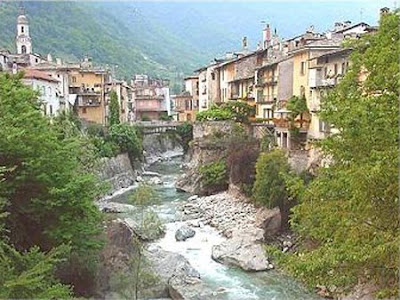
And maybe to trace his family history and find out where his descendants are today, and show them the documentation of the trip after it’s all over? They might have never known he went on this trip! If someone found me and told me they’d found my great-great-grandfather’s passport and retraced his travels? …Whoa. So cool.

